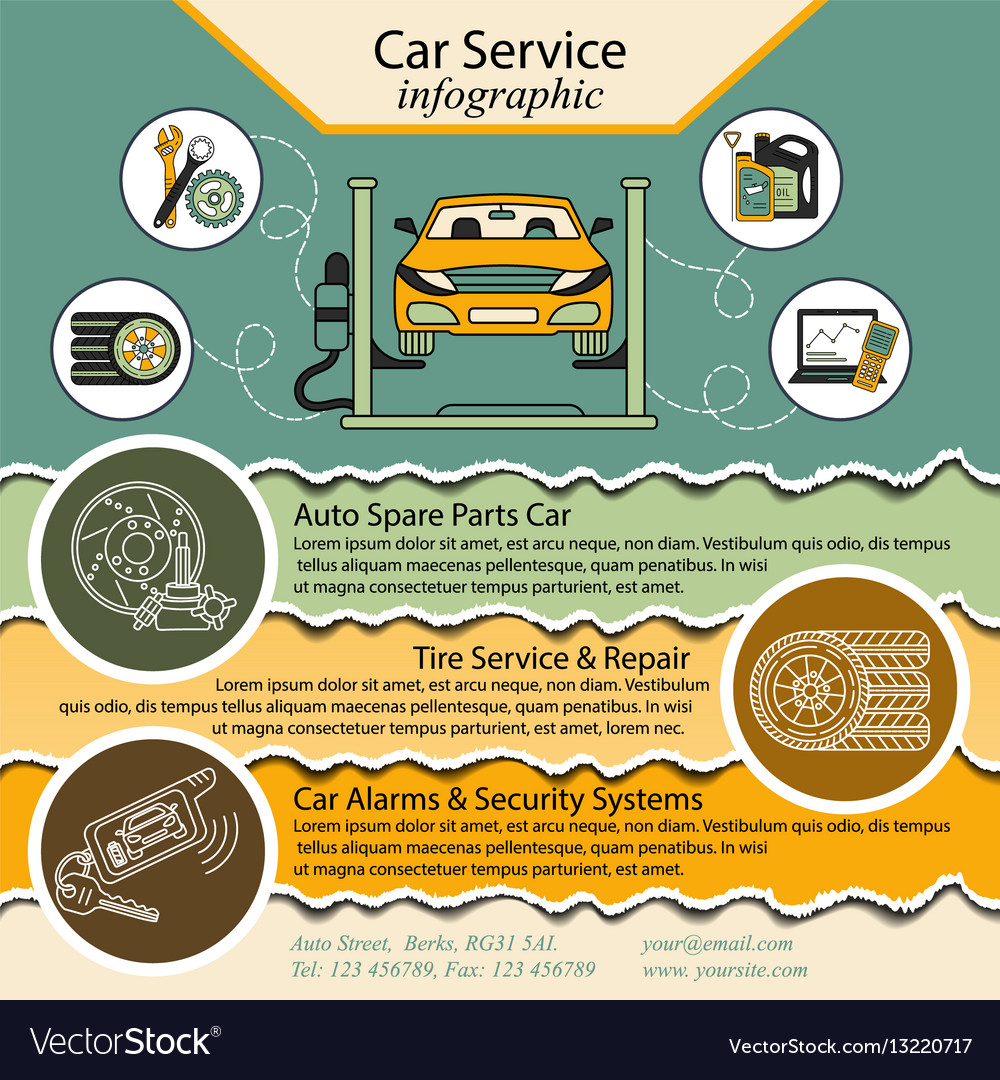Eager To Recognize What The Dashboard Caution Lights In Your Cars And Truck Symbolize? Explore Their Meanings For The Health And Safety Of Your Automobile
Eager To Recognize What The Dashboard Caution Lights In Your Cars And Truck Symbolize? Explore Their Meanings For The Health And Safety Of Your Automobile
Blog Article
Write- https://tysontnhcv.blogacep.com/36413143/comprehensive-meeting-ideal-practices-exposed-by-a-professional-auto-detailer Created By-Hartley Corbett
When you lag the wheel, those glowing warning lights on your dashboard can be a bit complicated. Do you understand what they're trying to inform you concerning your auto's health? Understanding the significance of these lights is essential for your safety and the longevity of your lorry. So, the next time among those lights appears, would not you wish to decode its message precisely and take the essential actions to resolve it?
Common Warning Lighting and Interpretations
Determine typical caution lights in your auto and recognize their meanings to make sure risk-free driving.
One of the most common warning lights include the check engine light, which signifies concerns with the engine or exhausts system. If this light comes on, it's crucial to have your car checked immediately.
The oil pressure advising light suggests reduced oil pressure, needing immediate focus to stop engine damages.
A flashing battery light may suggest a damaged charging system, potentially leaving you stranded otherwise attended to.
The tire pressure surveillance system (TPMS) light signals you to low tire pressure, impacting automobile security and gas performance. Overlooking https://www.repairerdrivennews.com/2022/04/19/economist-collision-industry-reps-rising-costs-expected-to-get-worse-labor-rates-costs-continue-to-be-mismatched/ might bring about unsafe driving conditions.
The abdominal light shows a trouble with the anti-lock stopping system, jeopardizing your capacity to quit quickly in emergency situations.
Lastly, the coolant temperature level cautioning light warns of engine getting too hot, which can lead to extreme damages if not fixed promptly.
Recognizing these usual warning lights will assist you attend to issues promptly and preserve secure driving problems.
Importance of Prompt Focus
Comprehending the usual caution lights in your automobile is just the initial step; the significance of immediately addressing these cautions can not be stressed sufficient to guarantee your safety when driving.
When a caution light illuminates on your control panel, it's your automobile's method of communicating a potential issue that needs attention. Neglecting these cautions can result in a lot more extreme troubles in the future, jeopardizing your security and potentially costing you a lot more in repairs.
Trigger interest to warning lights can prevent break downs and mishaps. For example, a blinking check engine light might indicate a misfire that, if left unattended, could trigger damages to the catalytic converter. Addressing this promptly can save you from an expensive repair service.
Similarly, a brake system advising light could signal low brake liquid or used brake pads, crucial elements for your safety and security when driving.
DIY Troubleshooting Tips
If you observe a caution light on your control panel, there are a couple of do it yourself troubleshooting pointers you can attempt prior to seeking expert aid.
The first step is to consult your automobile's guidebook to recognize what the specific caution light suggests. Occasionally the problem can be as basic as a loose gas cap triggering the check engine light. Tightening the gas cap might resolve the issue.
Another usual issue is a reduced battery, which can activate numerous advising lights. Checking the battery connections for rust and guaranteeing they're safe and secure might deal with the issue.
If a caution light continues, you can attempt resetting it by detaching the cars and truck's battery for a couple of mins and after that reconnecting it. Additionally, inspecting your vehicle's fluid levels, such as oil, coolant, and brake fluid, can aid troubleshoot advising lights associated with these systems.
Final thought
Finally, recognizing your auto's caution lights is necessary for keeping your vehicle running smoothly and securely. By immediately resolving these signals and understanding what they imply, you can stay clear of pricey repair work and potential malfunctions.
Keep in mind to consult your auto's manual for particular information on each cautioning light and act as necessary to guarantee a trouble-free driving experience.
Remain informed, remain risk-free when traveling!
